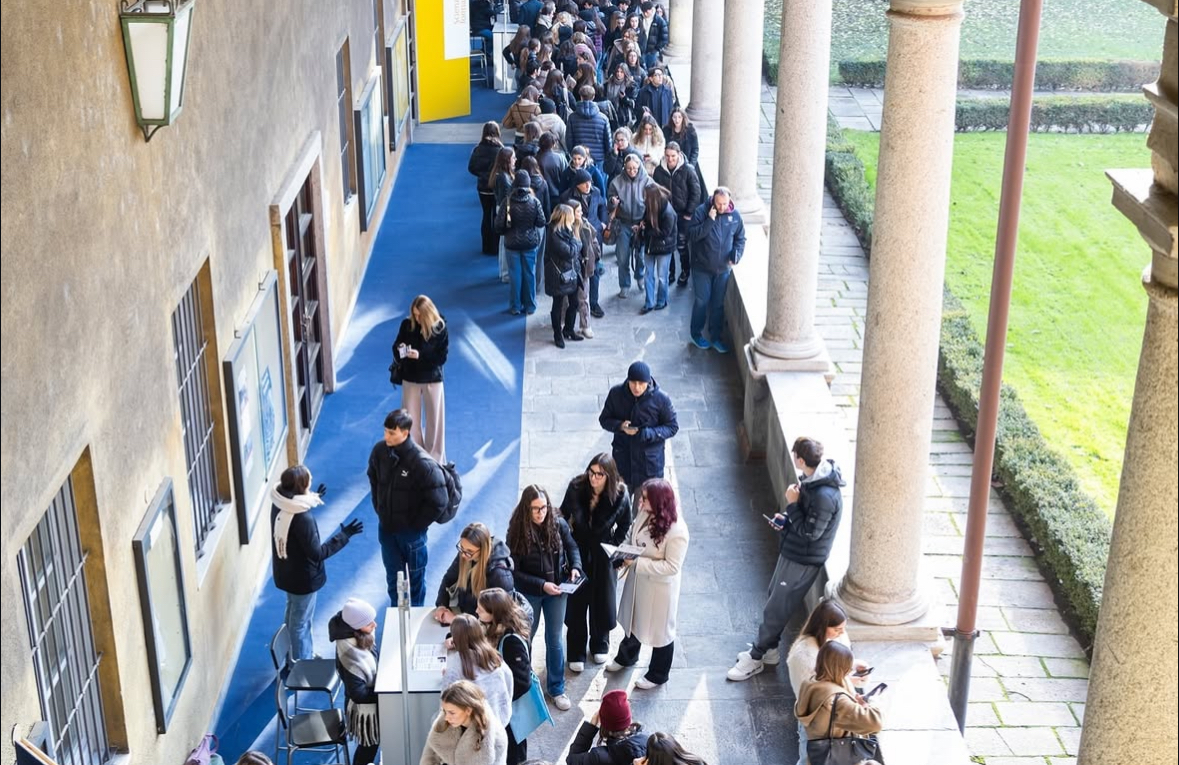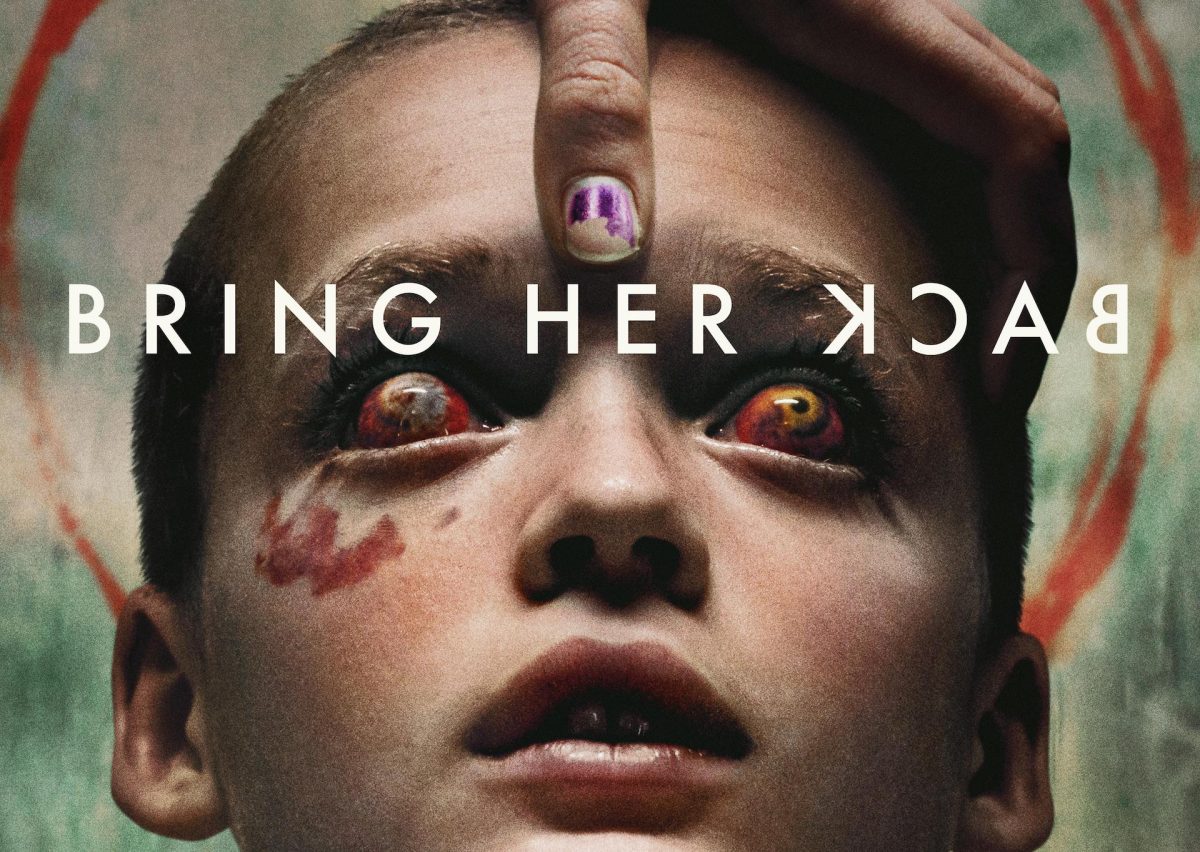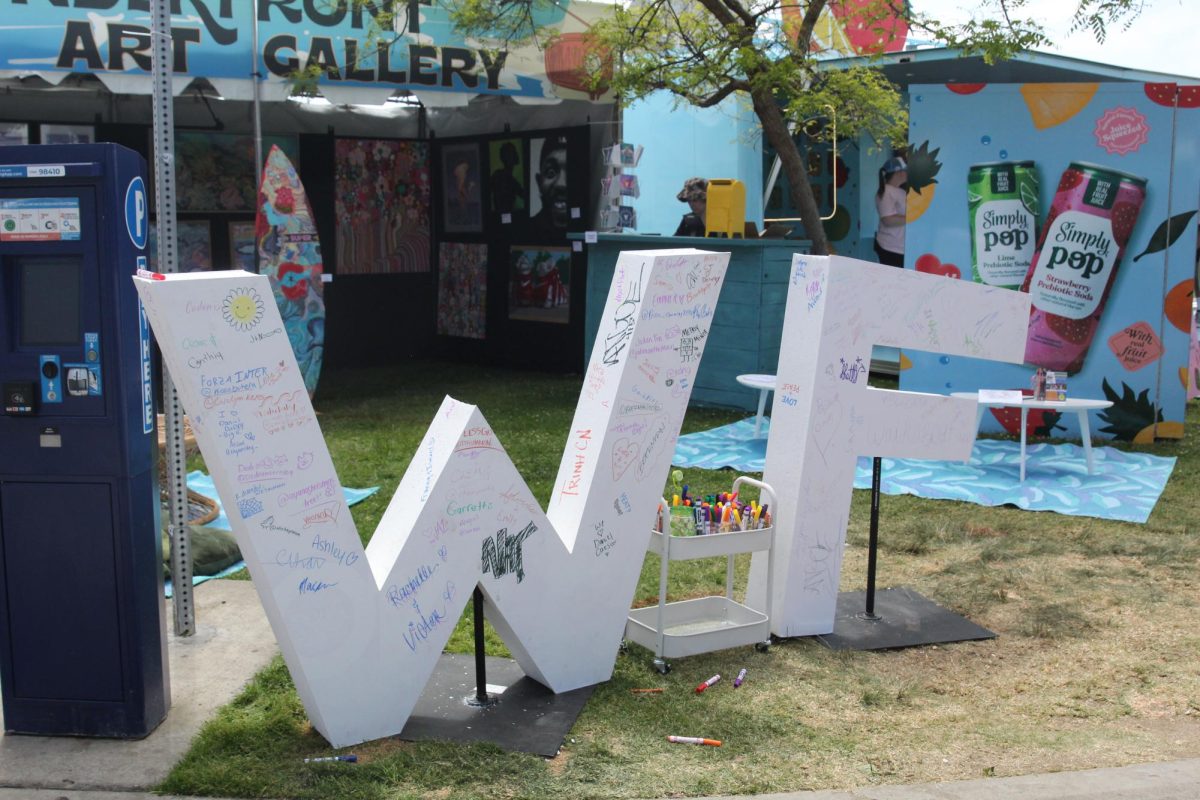During my study abroad experience, I have often looked around at all the European and Italian students and can’t help thinking “Why did we stop dressing like this?” This feeling is maximized too because I am studying abroad in one of the fashion capitals of the world, Milan. Very different from the Southern California style of San Diego. These contrasting aesthetics and style for each city, really made me start thinking about the evolution of specifically American collegiate fashion.
When walking around my campus in Milan, Università Cattolica Del Sacro Cuore, many students look like they’re going to their nine to five. Skirts with tights, trench coats, button ups, dress pants and loafers galore. I think a large portion of this need for style from many Italians can largely be due to its history of fashion houses and birth of many luxury fashion companies. Gianni and Donatella Versace, Giorgio Armani, Salvatore Ferragamo, Elsa Schiaparelli, just to name a very few of Italian designers. Fashion is embedded into the DNA of Italian culture unlike America.
Much of American fashion has been tied to politics and the socioeconomic state of the country of the time which is a little more unique than European countries. Up until the 1950’s, Americans and Europeans had pretty similar styles due to the boom of designers at the time. With the silhouettes popularized by Christian Dior and Coco Chanel for the female silhouette. Designers like Cristóbal Balenciaga and Hubert de Givenchy came in and disrupted this with playfulness in both men and women’s fashion. This led to the most groundbreaking decade of fashion (and arguably the best)- the 1960s.
The 1960s was met with so much change with anti-war movements, rise of counterculture and more. This influenced the ways many dressed, and even more specifically students. Many started to use fashion as a form of protest. This became even more clear during the 1970s with the wave of the hippie movement that embraced casual wear, t-shirts, vibrant colors and a lot of pieces we see to this day on American college campuses. This shift reflected the growing informality on college campuses and the need for comfortable clothes due to the active nature of being a student.
It also showed the increasing integration of women in higher education. The 80s and 90s both had elements of athleisure incorporated into trendy styles, but the boom of the 2000s really made casual style a permanent part of collegiate style. This decade brought about the accessibility of fast fashion that led it to become easier to participate in trends.
Especially in America through the latter half of the 20th century, minorities, like women and the LGBTQ community, really embraced fashion as a way to protest the conservative politics and culture. Women wearing pants was groundbreaking at one point, but now if a woman is wearing a dress on college campuses they are often plagued with the dreaded question “what are you all dressed up for?” This reflects the major shift American collegiate fashion has gone through.
Tying this back into the comparison from Italian versus American collegiate-style, subjectively and I would say objectively, Italian fashion is more stylish. However, through this research I think it has opened my eyes to why the current style on college campuses has deeper roots than people just wanting to be comfortable. Don’t get me wrong, this is a big factor of it, but the more I have learned, the reason athleisure and comfort have become so dominant is due to trends throughout the 1900s and the ways college students have often used fashion as a form of protest.
This research has reflected how deeply fashion is tied to a country’s culture and politics, but at the same time this shouldn’t be a reason to limit your sense of style. I know it is a privilege to even be able to care about your style, have a diverse closet and wear what you want, but I think if you are in a place where you can, might as well use your campus as your runway.






